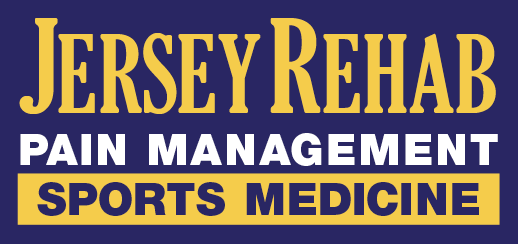Protocols to Follow for Managing Chronic Hip Pain
Hip pain is a common complaint that can be caused by a wide range of problems. It’s helpful for pain management doctors to know where the pain is coming from, as this indicates what the underlying issue is. For example, hip pain on the outside of your hip or outer thigh is usually caused by the soft tissues. Hip pain on the inside of your hip or groin is typically related to the joint.
When treating hip pain, non-surgical options are always considered first. Many conditions can be treated with rest, physical therapy and anti-inflammatory regimens. Let’s cover the basic protocol on how chronic pain is managed in the hips.
Get a proper diagnosis from your doctor
If you find yourself experiencing hip pain, it’s important to see your doctor. You will receive a thorough examination to determine where the pain is coming from. Sometimes, hip pain can be confused for pain in the spine, pelvis or leg, so you want to make sure that you get a proper diagnosis before receiving treatment.
Physical therapy
There are over 30 muscles that surround the hip, making it a very deep joint. Physical therapy strengthens these muscles to provide increased flexibility and mobility to the joint. This form of pain management won’t work for all conditions, such as a labral tear, but it can work for many. The hope is that rehabilitation will avoid the need for surgery, but sometimes, it is used before and after surgery.
Injections
Injections may be prescribed to help your pain as well as determine where it’s coming from. As an example, if the numbing agent works to relieve the pain, the doctor can confirm the source of pain.
Here are a few examples of injections:
- Intra-articular injections. These ultrasound-guided cortisone injections are made directly in the hip joint to provide relief.
- Platelet-rich plasma therapy. PRP injections promote healing and prevent further damage to the joints and tissues. It is especially helpful for treating hip bursitis.
- Fluoroscopic injections. With fluoroscopic injections, a pain management specialist uses an x-ray to direct a small needle into the joint. This ensures that the solution (anesthetic and cortisone) reaches the joint.
Anti-inflammatories
Anti-inflammatory drugs remain effective at treating mild to moderate pain, particularly if the pain is caused by muscular tears, bursitis, tendonitis, arthritis or labral tears. Anti-inflammatories are also used after surgery to reduce inflammation and improve comfort. Your doctor may recommend these medications while receiving therapy.
Each person is unique, and there are many causes of hip pain. This is why it’s important to receive an accurate diagnosis from your doctor. Once you know what the source of pain is, you can begin a customized program for pain management. To schedule an appointment with Jersey Rehab Pain Management, contact us at one of our four locations.

